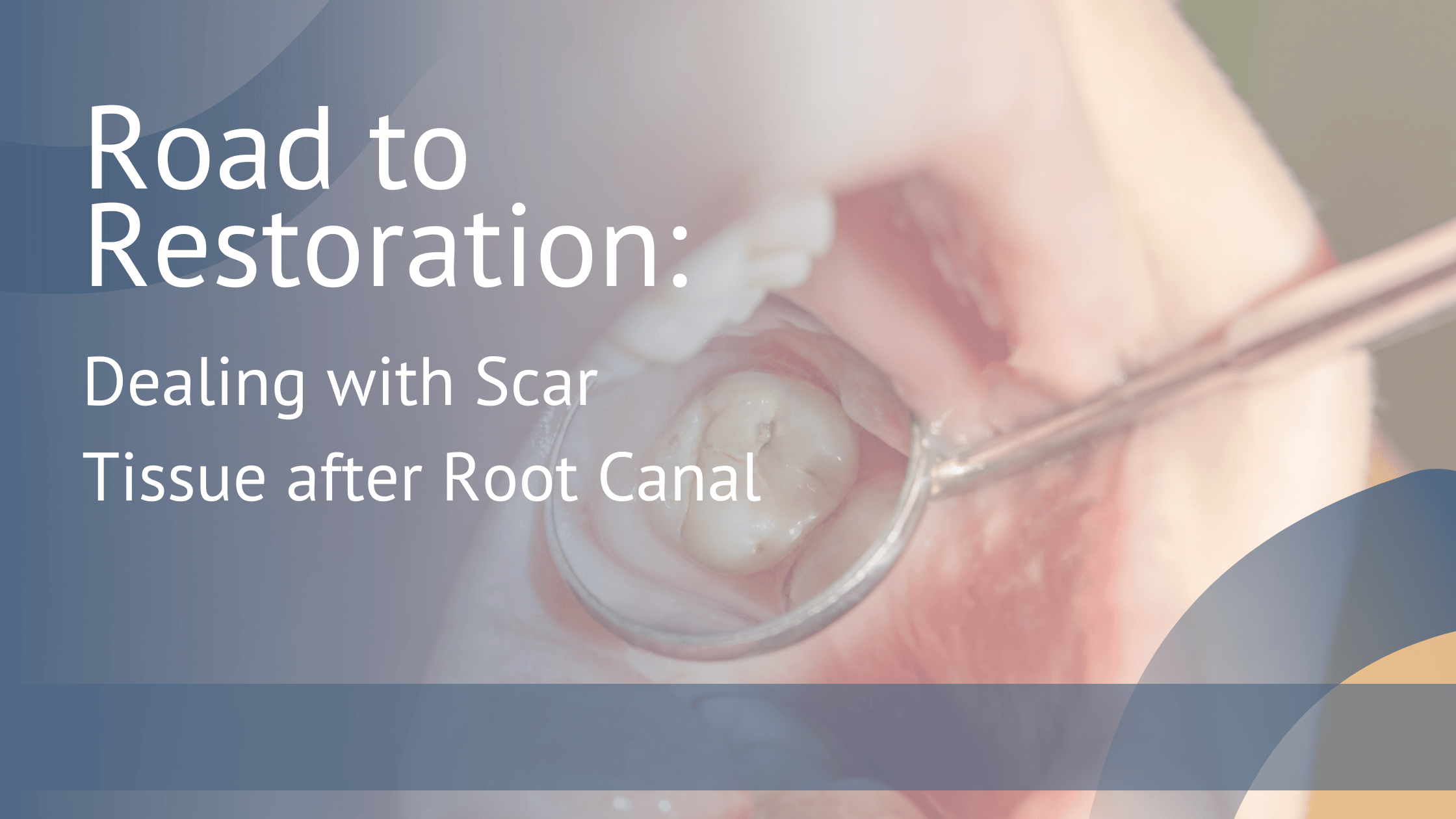Dealing with post-root canal complications, including scar tissue after root canal, is crucial for successful dental restoration. Scar tissue is one of the potential outcomes that can arise after a root canal treatment. We will explore the formation of scar tissue, its impact on healing, and strategies to manage and prevent complications associated with it. By understanding the signs and symptoms, diagnosis, treatment options, and post-treatment care, readers will gain valuable insights into navigating the road to restoration after a root canal.
Understanding Scar Tissue Formation
After undergoing a root canal treatment, the body initiates a healing process that may involve the formation of scar tissue. Scar tissue forms as a result of the body’s natural response to injury or trauma, including dental pulp removal during a root canal. Various factors influence scar tissue development, such as the extent of the initial infection, the body’s healing capacity, and the overall health of the individual. It is important to differentiate between normal healing and excessive scar tissue formation to ensure proper management and restoration.
Signs and Symptoms of Scar Tissue after Root Canal
Recognizing the signs and symptoms of scarring after a procedure is crucial for timely intervention. Persistent pain, swelling, or discomfort in the treated area can indicate the presence of scar tissue. Changes in the gum appearance or texture, such as raised or firm areas, may also be observed. These signs and symptoms require attention to prevent potential complications and ensure successful healing.
Complications Associated with Scar Tissue
Excessive scar tissue formation can lead to several complications. Nerve impingement and sensitivity issues may arise, causing persistent pain or sensitivity to temperature changes. Scar tissue can also impact the stability of the tooth, potentially leading to tooth mobility or even tooth loss if left unaddressed. It is important to be aware of these complications and seek appropriate management to ensure long-term oral health.
Diagnosis and Evaluation of Scar Tissue
Dental professionals employ various techniques to diagnose and evaluate scar tissue after a root canal. A clinical examination is performed to assess patient symptoms and evaluate the appearance of the treated area. Imaging techniques, such as X-rays or cone beam computed tomography (CBCT), may be utilized to visualize the extent and location of scar tissue. These diagnostic measures aid in developing an effective treatment plan and monitoring the healing process.
Prevention and Management Strategies
Preventing excessive fibrous tissue formation starts during the root canal treatment itself. Dentists employ strategies to minimize scar tissue development, such as thorough cleaning and disinfection of the root canal system. Proper instrumentation and techniques are utilized to promote optimal healing and prevent complications. By focusing on prevention and employing appropriate measures, the risk of excessive scar tissue formation can be significantly reduced.
Treatment Options
Non-surgical approaches are often the first line of treatment for managing scar tissue after a root canal. These may include medication to reduce inflammation, physical therapies to promote tissue healing, or laser therapy to target and break down connective tissue. In more severe cases, surgical interventions may be necessary to remove or modify the tissue and restore normal oral function.
Post-Treatment Care and Follow-up
Following post-treatment care instructions is essential for optimal healing and managing scar tissue. Dentists provide specific guidelines on oral hygiene practices, pain management, and dietary restrictions. Regular follow-up appointments allow for close monitoring of the healing process and assessment of treatment outcomes. Addressing patient concerns and providing guidance for long-term scar management ensure the best possible restoration and long-term oral health.
Conclusion
Understanding and effectively managing scar tissue after a root canal treatment are vital steps on the road to restoration. By recognizing the signs, seeking a timely diagnosis, and exploring appropriate treatment options, individuals can achieve successful healing and long-term oral health. Consulting with a dentist or endodontist is crucial for personalized advice and tailored treatment plans. Professional dental care plays a pivotal role in achieving optimal restoration and maintaining a healthy smile.





Leave A Comment